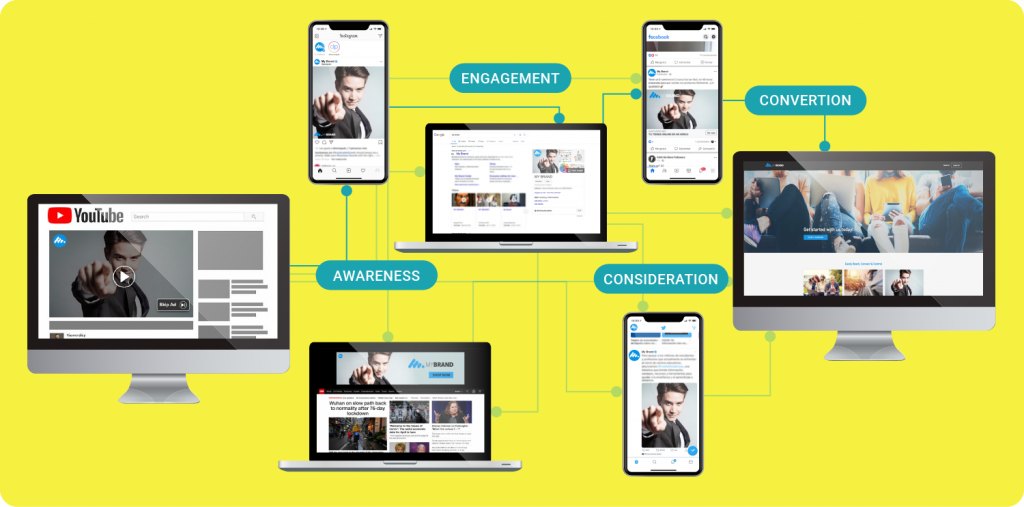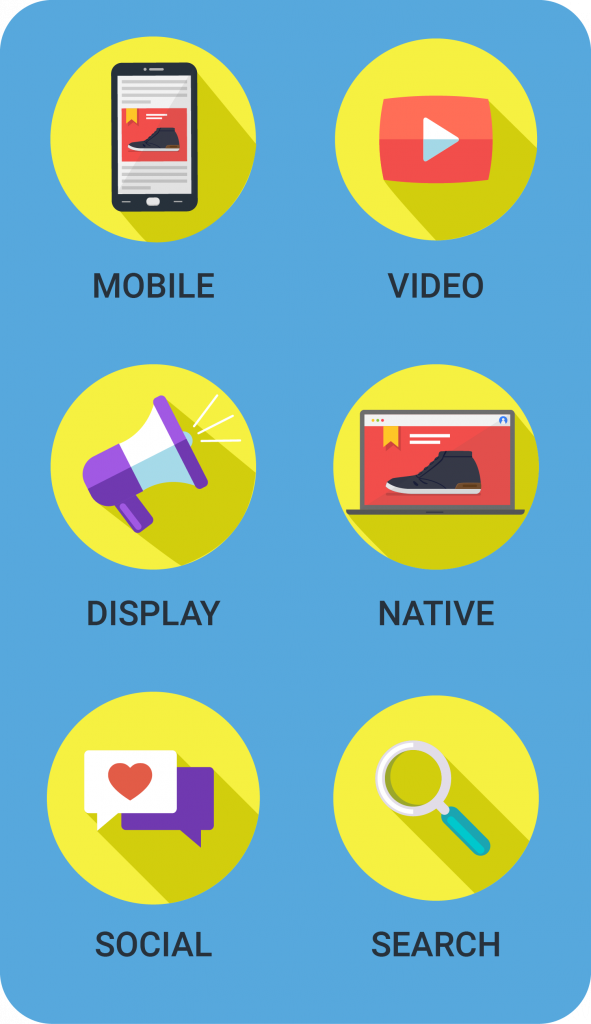A very common mistake among brands of all sizes is focusing on the single channel that is working for them. Why this is the wrong thing to do? Isn’t it actually logical to make decisions based on certainties? We know that the single channel works, right? Not exactly. Success in the past doesn’t automatically predict success in the future.
Concentrating more than 80% of the budget on a single channel means limiting our scope. Why? Whether we are talking about SEM, social ads, affiliation or others, we will have less quantity and variety of data. This data we’re missing could be useful in future campaigns and strategies.
The risk of the single channel
Even though focusing on a specific primary channel might be a way to reach our goals, basing an overall strategy on just one element is extremely risky. An entire company would never depend on a single client, so why reduce advertising activity to just one option? It makes the entire plan vulnerable to factors that are mostly out of our control. Think about changes in the market or advertising policies or overloaded environments. It all translates into potential higher costs that could easily knock out many advertisers.
Even larger companies, which are able to adapt quicker, bid higher and invest more, can face problems because are not capable of increasing the volume of their activity. Taking it to the next level and moving from, e.g. register to purchase, could become an impossible task.
One channel is not just lack of scale, but a huge limitation in qualitative and quantitative terms.

Reach depends on multiple channels
This leads to something that should be analyzed at various levels: reach. Through your single channel, you can reach only a specific target or a reduced audience. This is level one. Level two is that you are not even approaching that specific audience across all stages of their customer journey. Customers usually take a multi-touchpoint journey – often four to six for most Americans. This is the reason why more than 74% of them expect brands to develop a cohesive experience on multiple channels.
Just picture your own buying process. You might look for the product on the Internet because you are already thinking about buying it. Well, so does your audience, who could easily click on one of your SEM ads. Isn’t it more convenient to impact them right at that stage of their decision-making process?
They might just spend some time on Facebook and suddenly see something they had no idea about butwhich they love and want to buy. They feel the urge to integrate it into their lives the same way that your ad was integrated into their social experience.
Every channel has a function

In other words: each separate channel allows you to target different audience types. They have different functions and effects on your customers. They trigger different reactions depending on the different cognitive and emotional moments of their purchasing process. This is the third level of complexity: “multiple channels” also means “multiple moments.”
Apart from the specific strategic faux pas, there is a potential issue that many advertisers tend to overlook or play down. It affects every single aspect of the operation and the strategy. Brands often decide to keep doing the same thing on their one channel with their one agency or marketing partner because it works right now. However, this is the easiest way to never find out what else could be working now and in the future. Results could be even better!
Being in the comfort zone literally suppresses the brand’s capacity to adapt, evolve, innovate and overcome challenges because it has lost perspective.
Why not leave your comfort zone and start considering the idea of going multichannel?
What is the risk of using a single channel?
Focusing on only one channel in your marketing strategy is risky. You will have a smaller amount and variety of data and make your strategy vulnerable to potential threats.
How can I increase my reach?
Using multiple channels will increase the reach of your marketing strategy. Apart from reach, this will also help you create rich brand experiences with your consumers.










